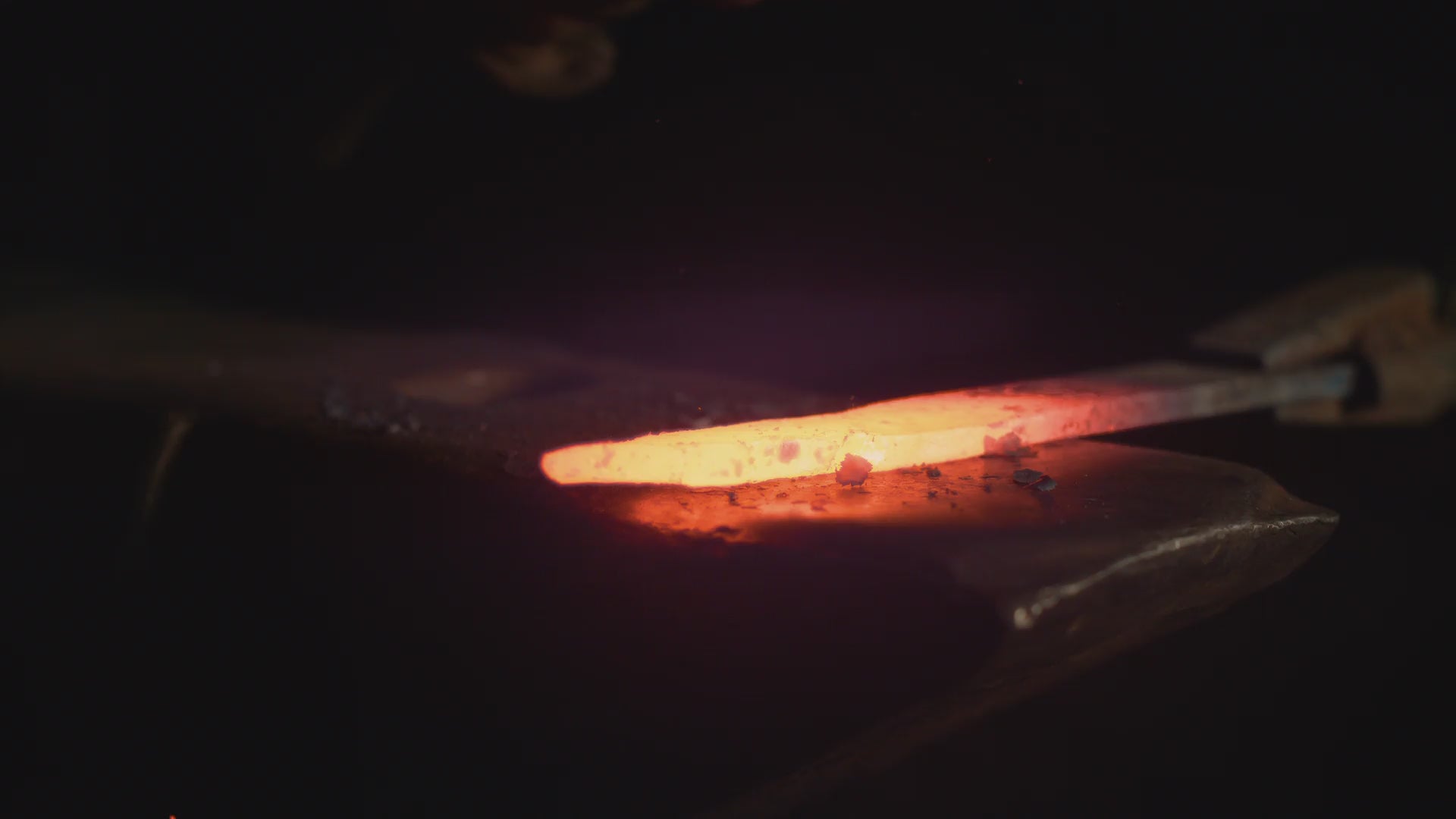The Power of Thor’s Hammer – Mjölnir in Norse Mythology
More than just a weapon
Mjölnir, the hammer of the thunder god Thor, was not simply a piece of metal in Norse mythology. It was considered a divine tool that brought destruction and protection simultaneously. With Mjölnir, Thor defeated giants and monsters—but he also blessed marriages, fields, and the lives of people. For Vikings, it was more than a weapon – it was a symbol of faith, strength, and cultural identity.
The Forge of the Dwarves
The hammer was forged by the dwarves Sindri and Brokkr. However, due to a ruse by Loki, the handle was too short. This "flaw" made Mjölnir unique: It fit perfectly in Thor's hand, could be thrown with unimaginable force, and always returned. This story is one of the most famous in Norse mythology.
Archaeological finds
Hundreds of hammer-shaped amulets have been found in Scandinavia, England, Russia, and the Baltic States. Most date from the 9th to 10th centuries. What's particularly intriguing is that they often appeared in women's graves—presumably as a protective symbol or as a deliberate counterpart to the Christian cross. These Viking amulets prove the deep cultural importance of Thor’s Hammer.
Symbolism and meaning
Mjölnir stood for:
- Strength and courage in battle
- Protection from enemies and evil forces
- Fertility and blessings for family and farm
- Cultural identity of the Vikings towards Christianity
Mjölnir today
Today, Mjölnir is experiencing a huge comeback. It's worn as Viking jewelry, celebrated by metal bands, and proudly displayed at LARP events. For many, it's a symbol of Nordic heritage, strength, and independence.
Discover our selection of Mjölnir pendants and carry a real piece of Viking history with you at all times.
Quick Facts about Mjölnir
- Function: Weapon and blessing symbol
- Blacksmiths: Dwarves Sindri & Brokkr
- Special feature: short handle, always returning
- Finds: hundreds of amulets from the 9th–10th centuries
- Today: Jewelry, cult symbol & lifestyle statement
FAQ: Mjölnir – Thor’s Hammer
What does Mjölnir symbolize? Mjölnir stands for protection, strength, fertility, and Viking identity.
Who forged Mjölnir? The dwarves Sindri and Brokkr created it in Norse mythology.
Can I wear Mjölnir today? Yes – as Viking jewelry, it symbolizes Nordic heritage and strength.
Where were Mjölnir amulets found? In Scandinavia, England, Russia, and the Baltic region, mostly in Viking graves from the 9th–10th centuries.






0 comments